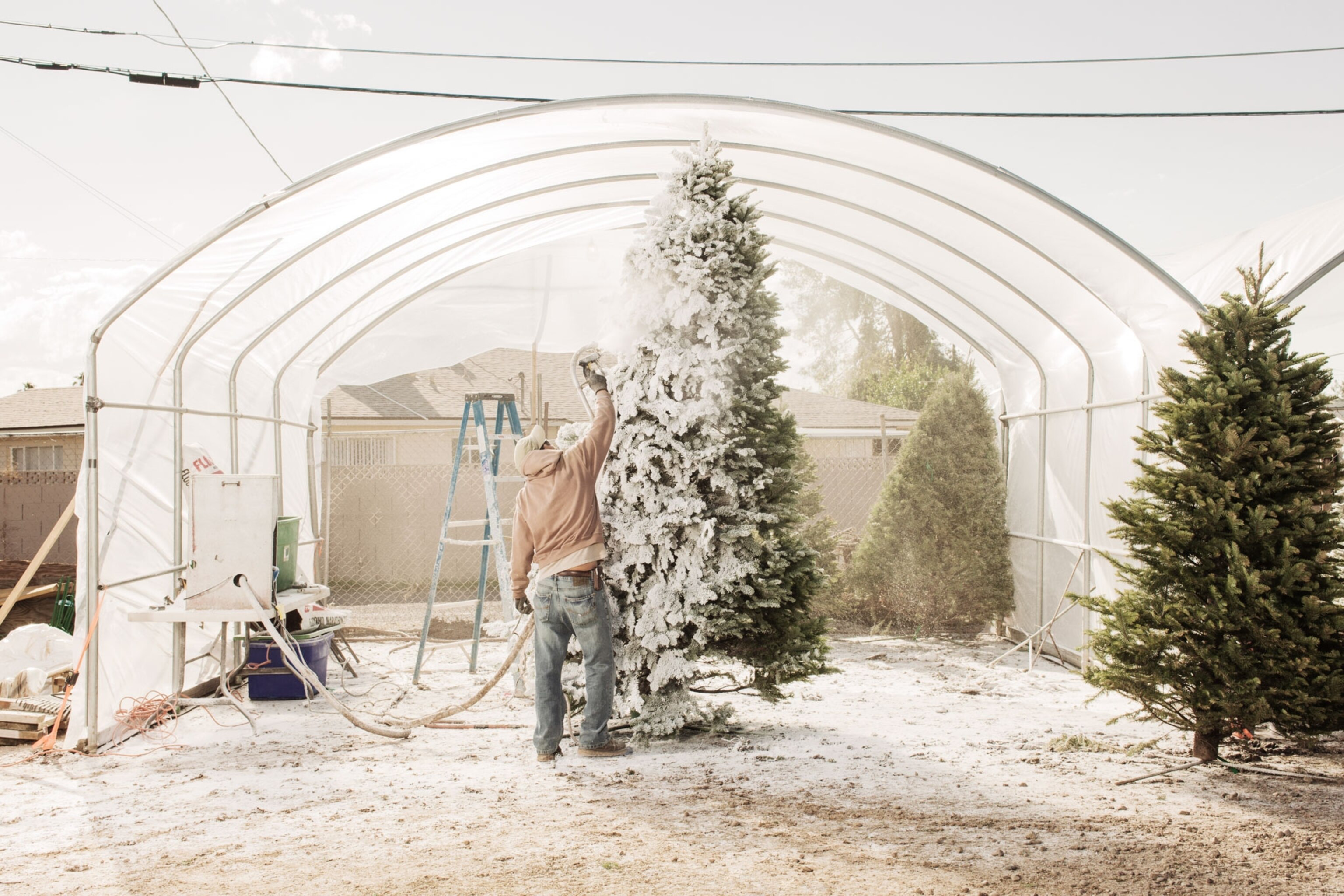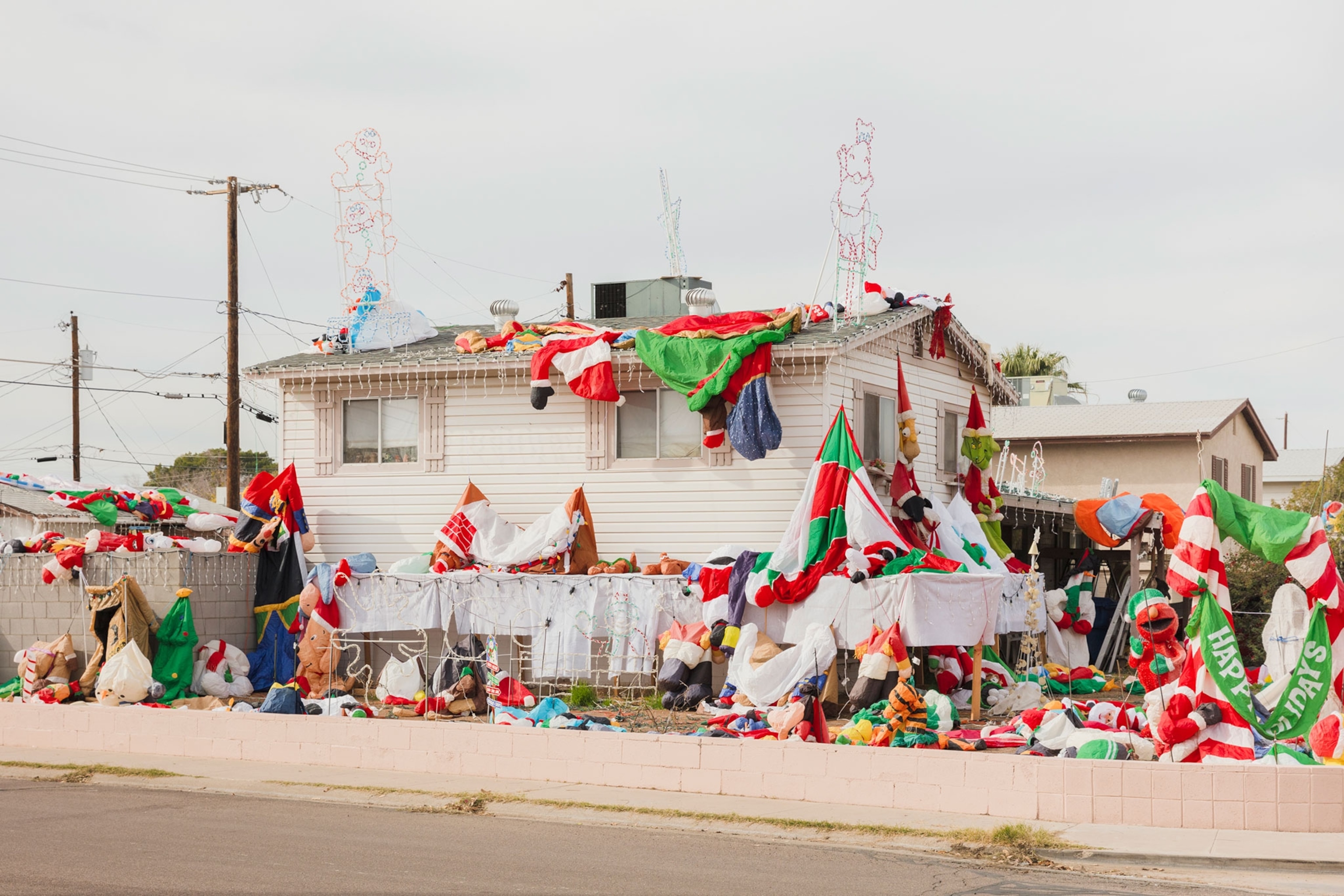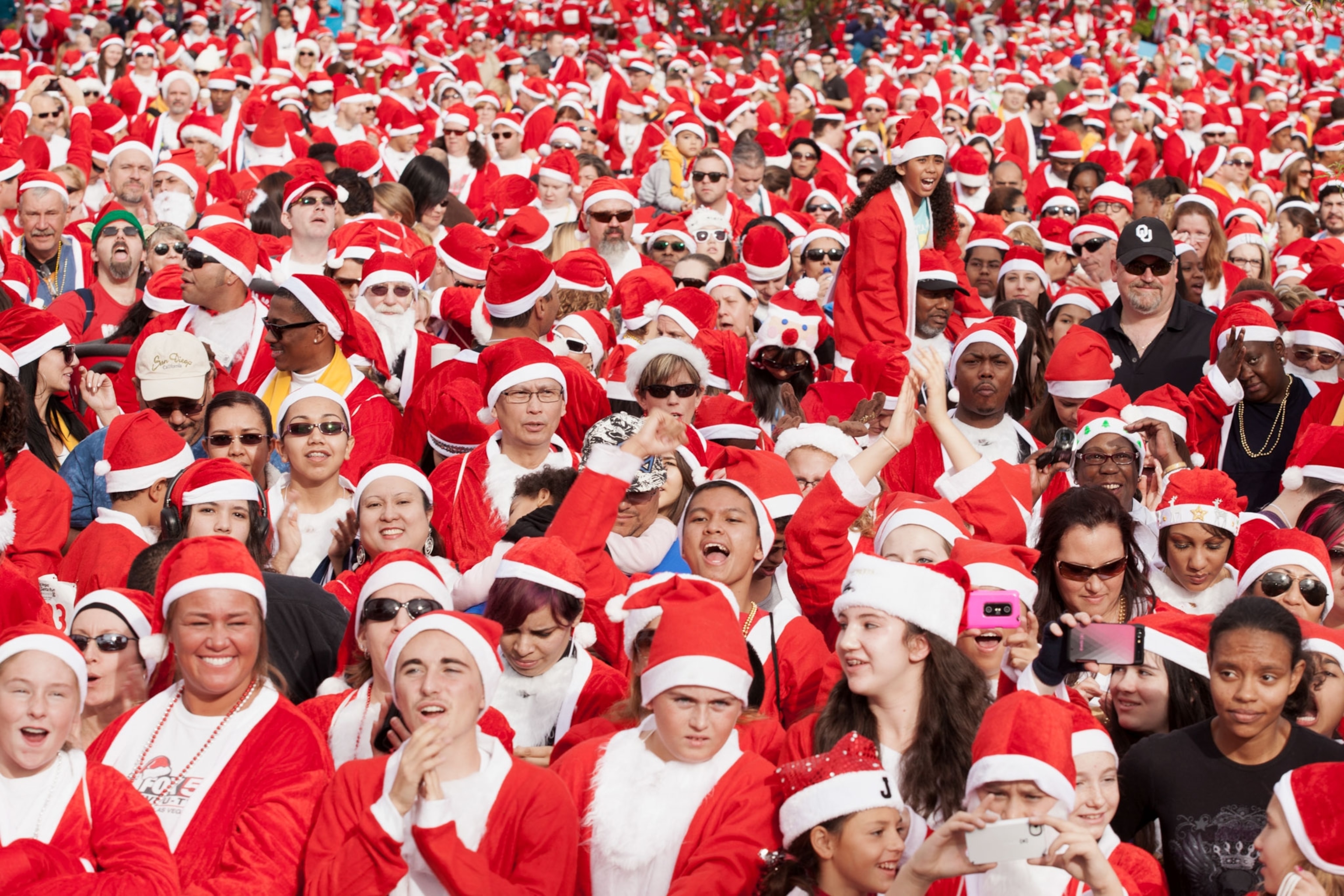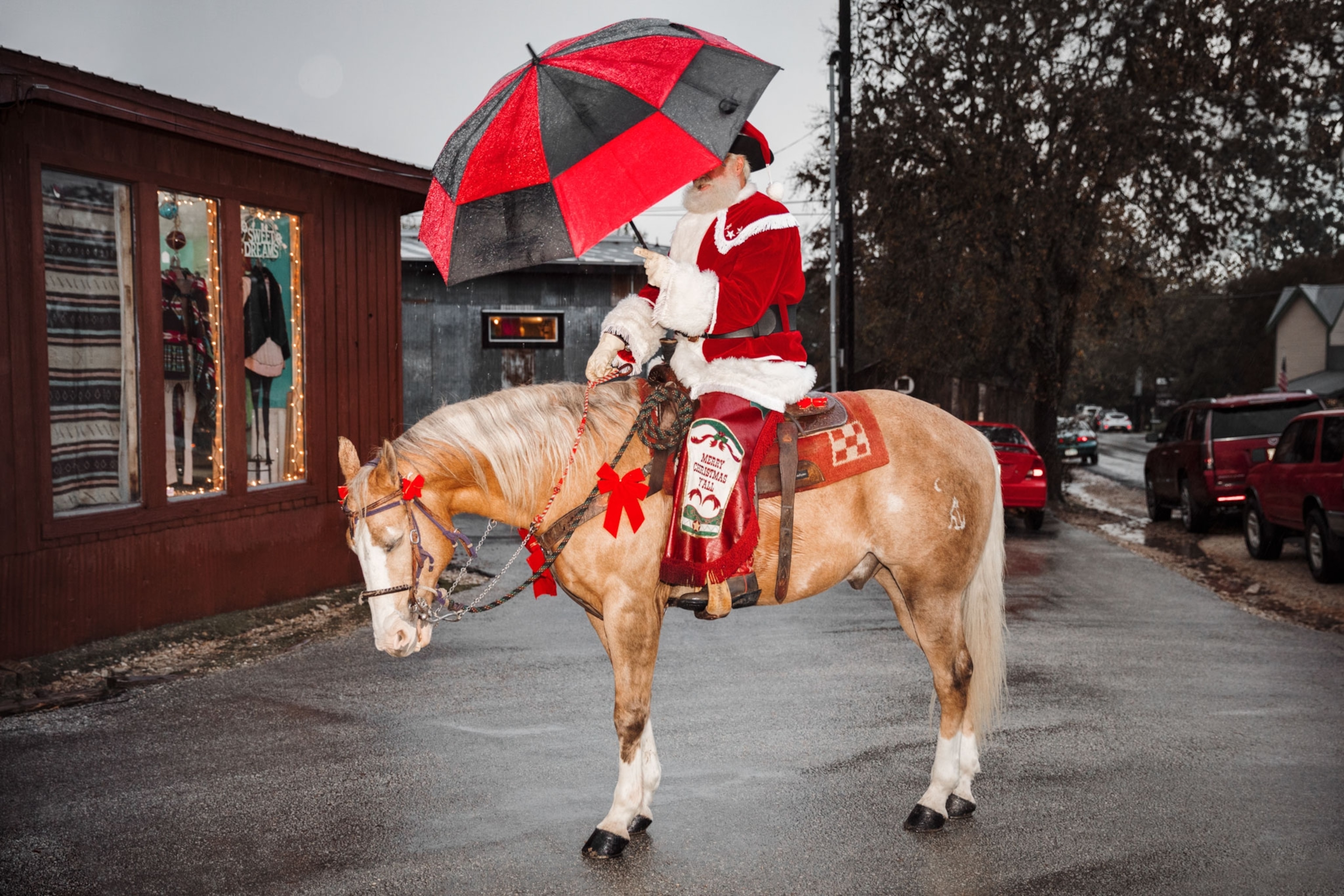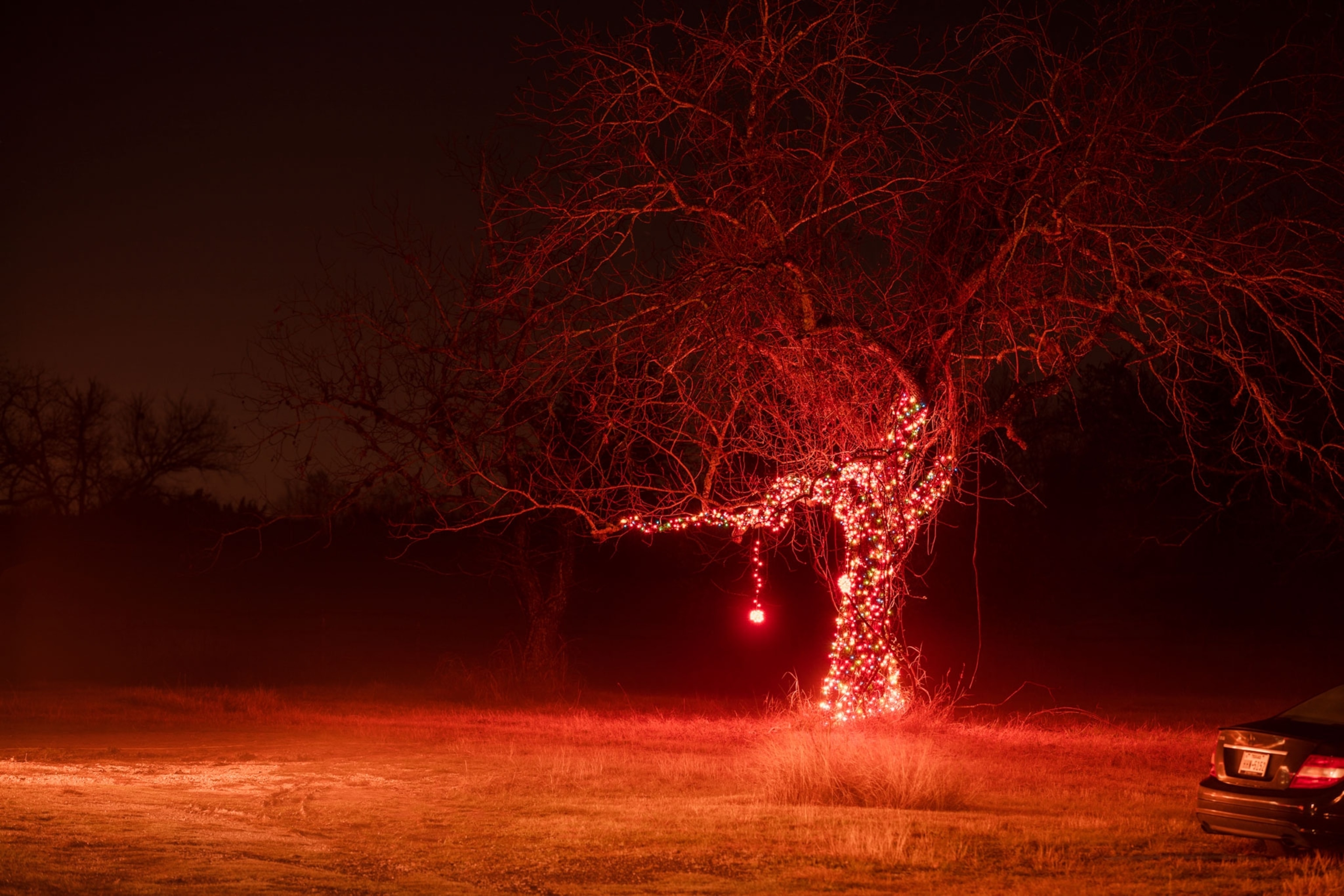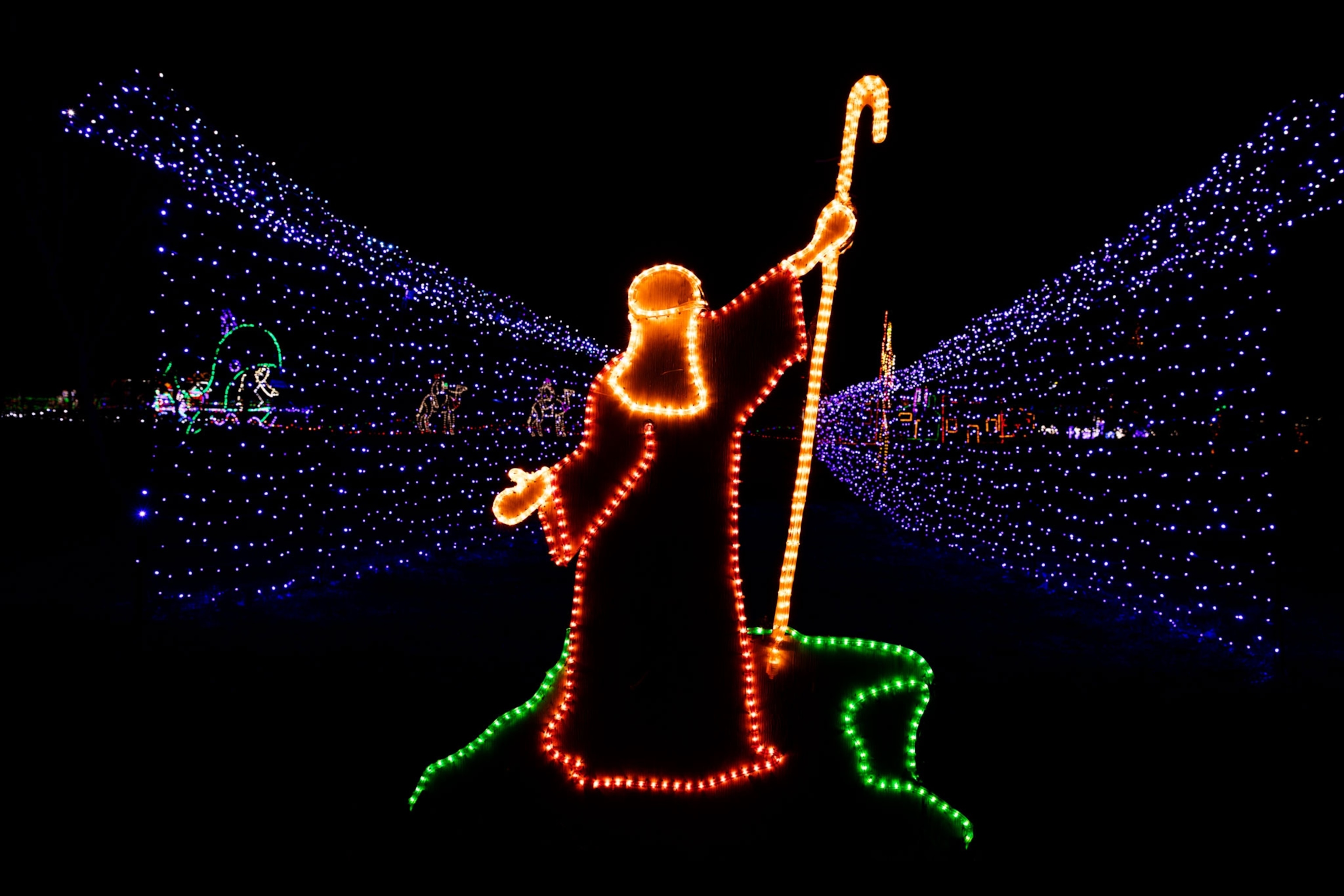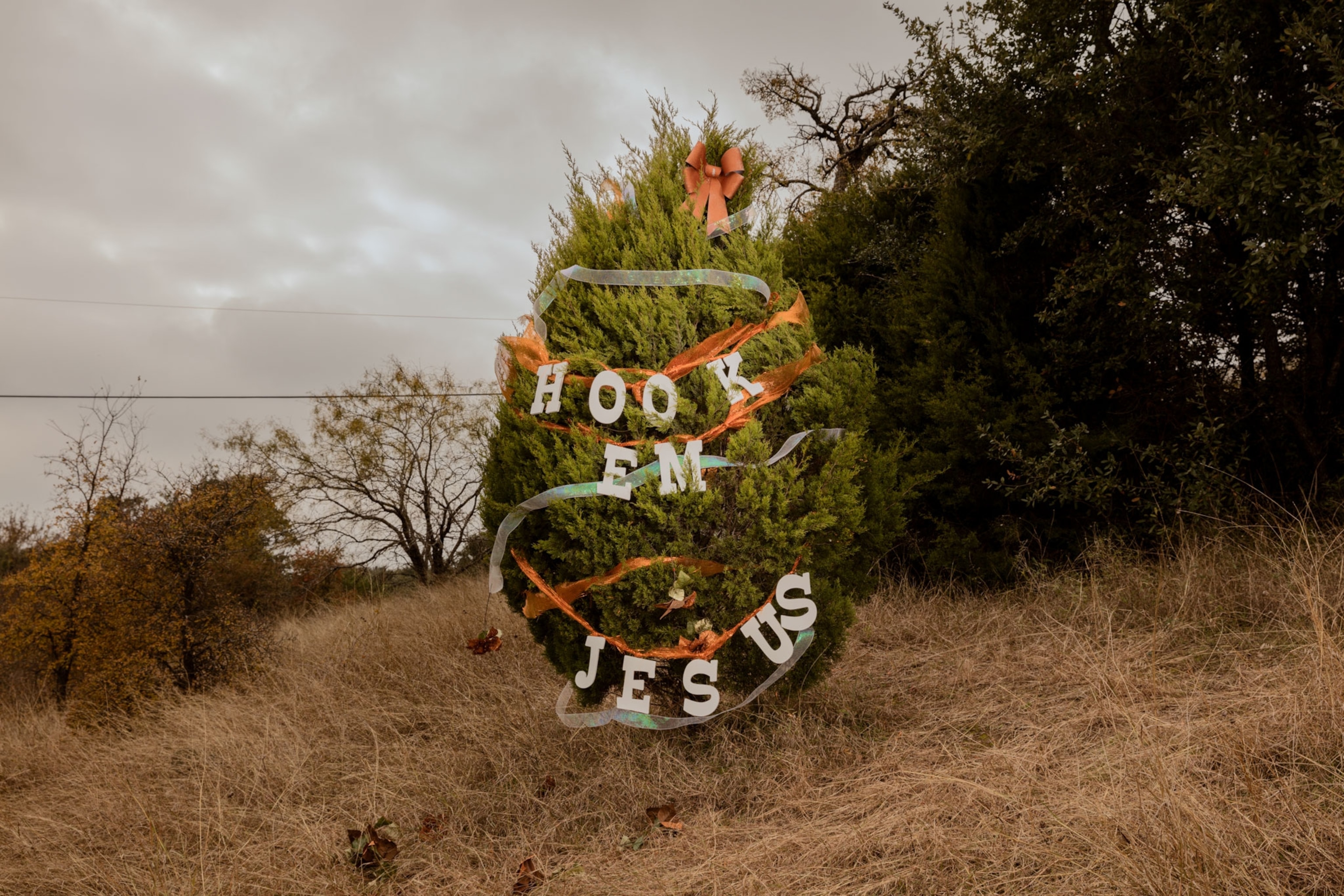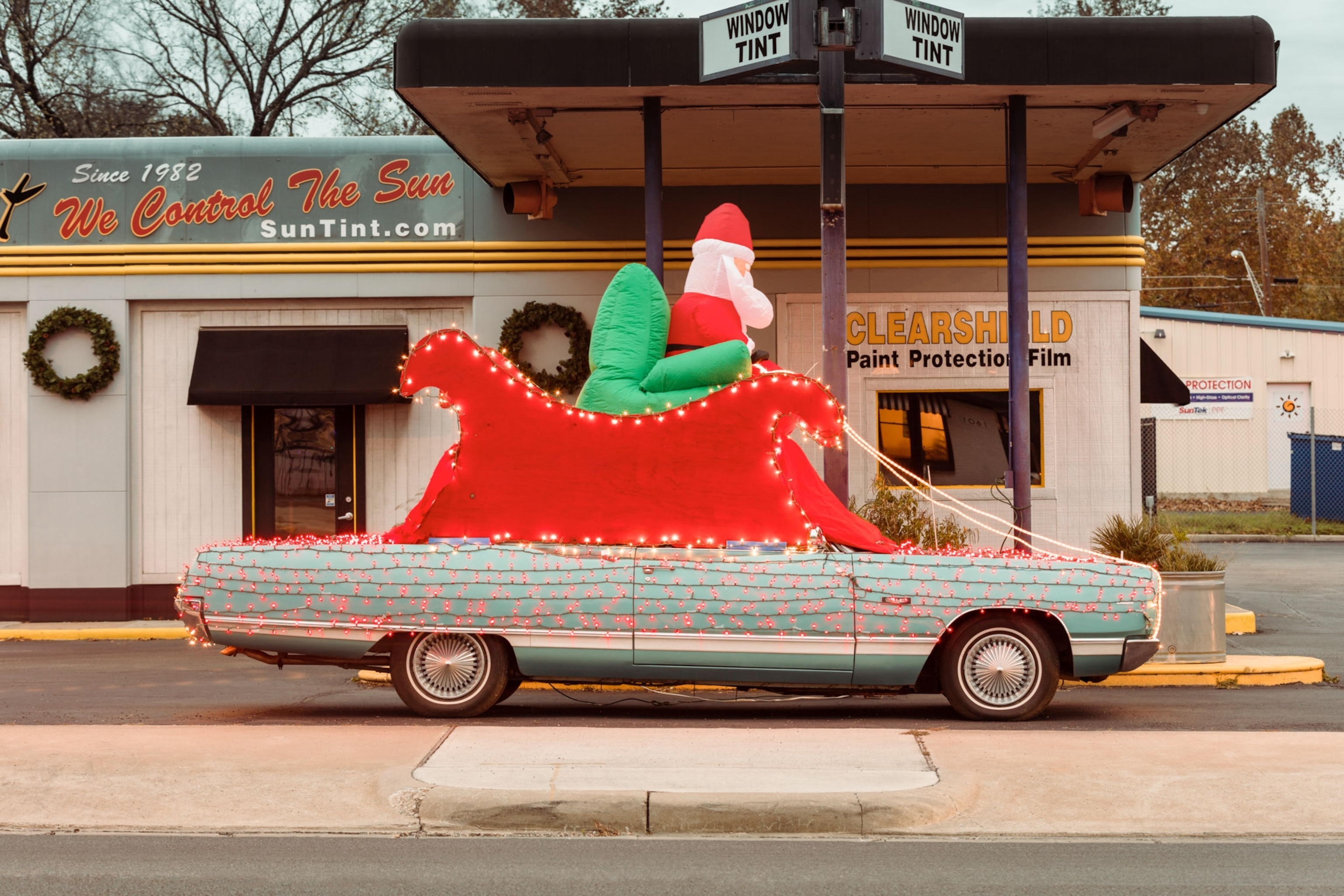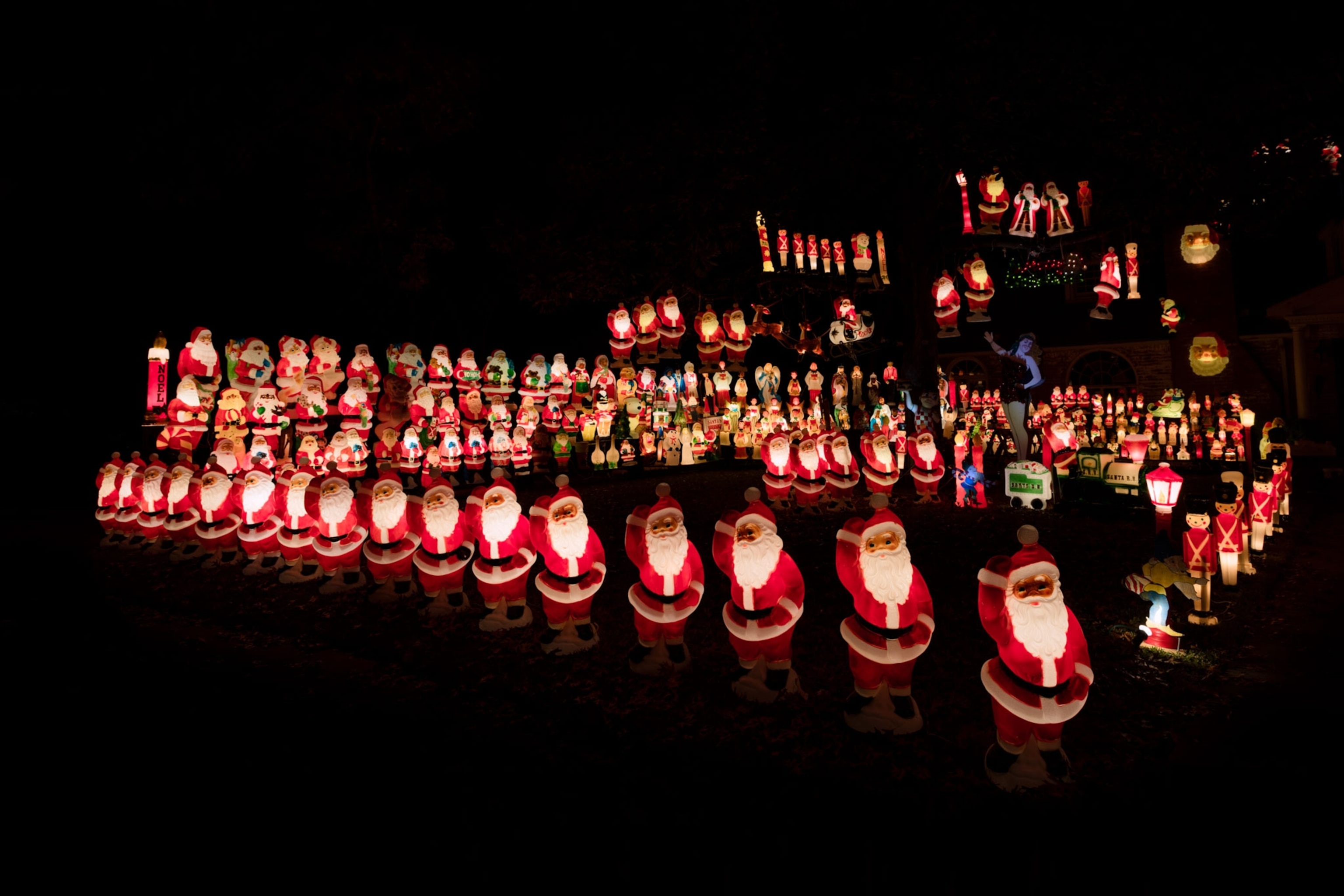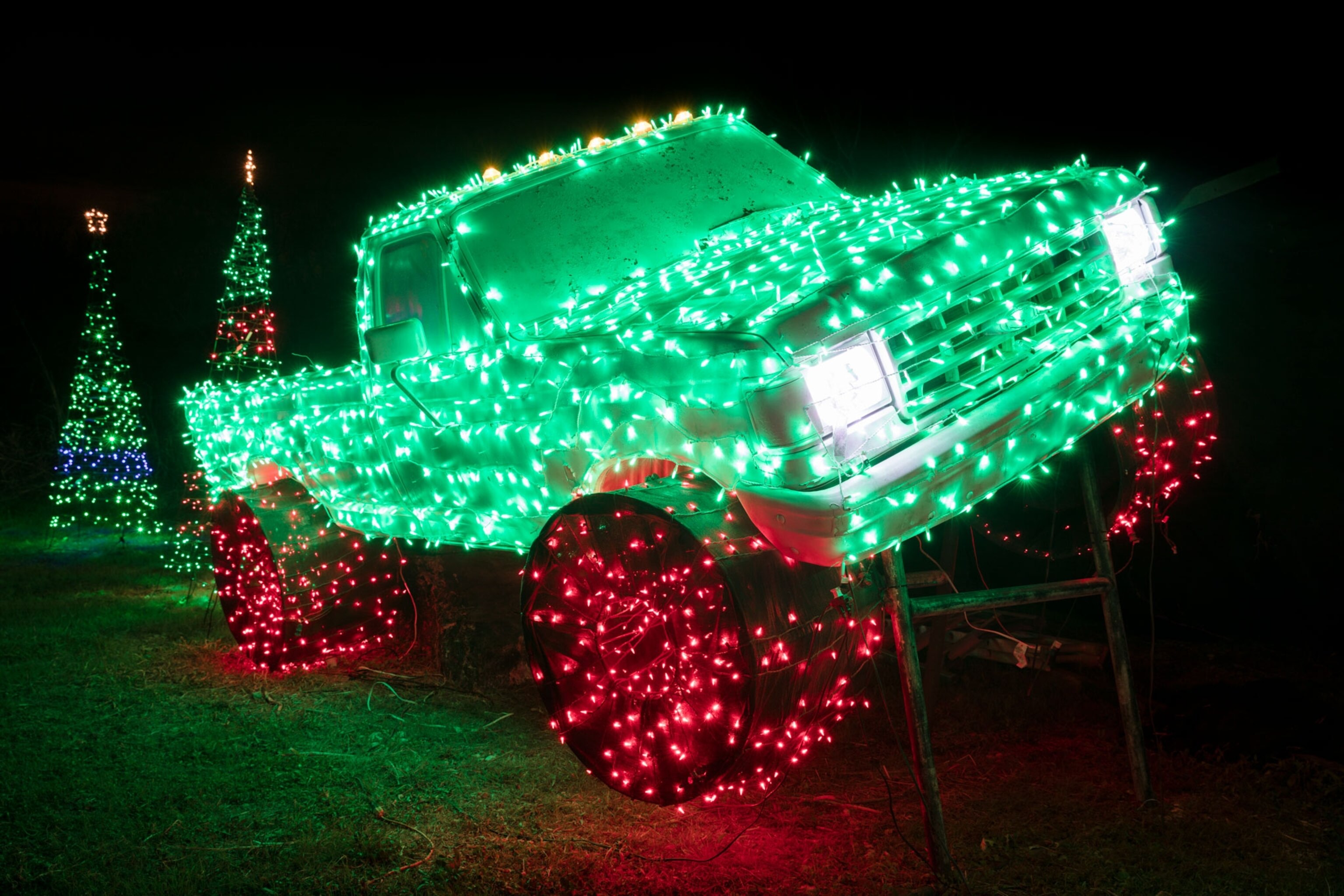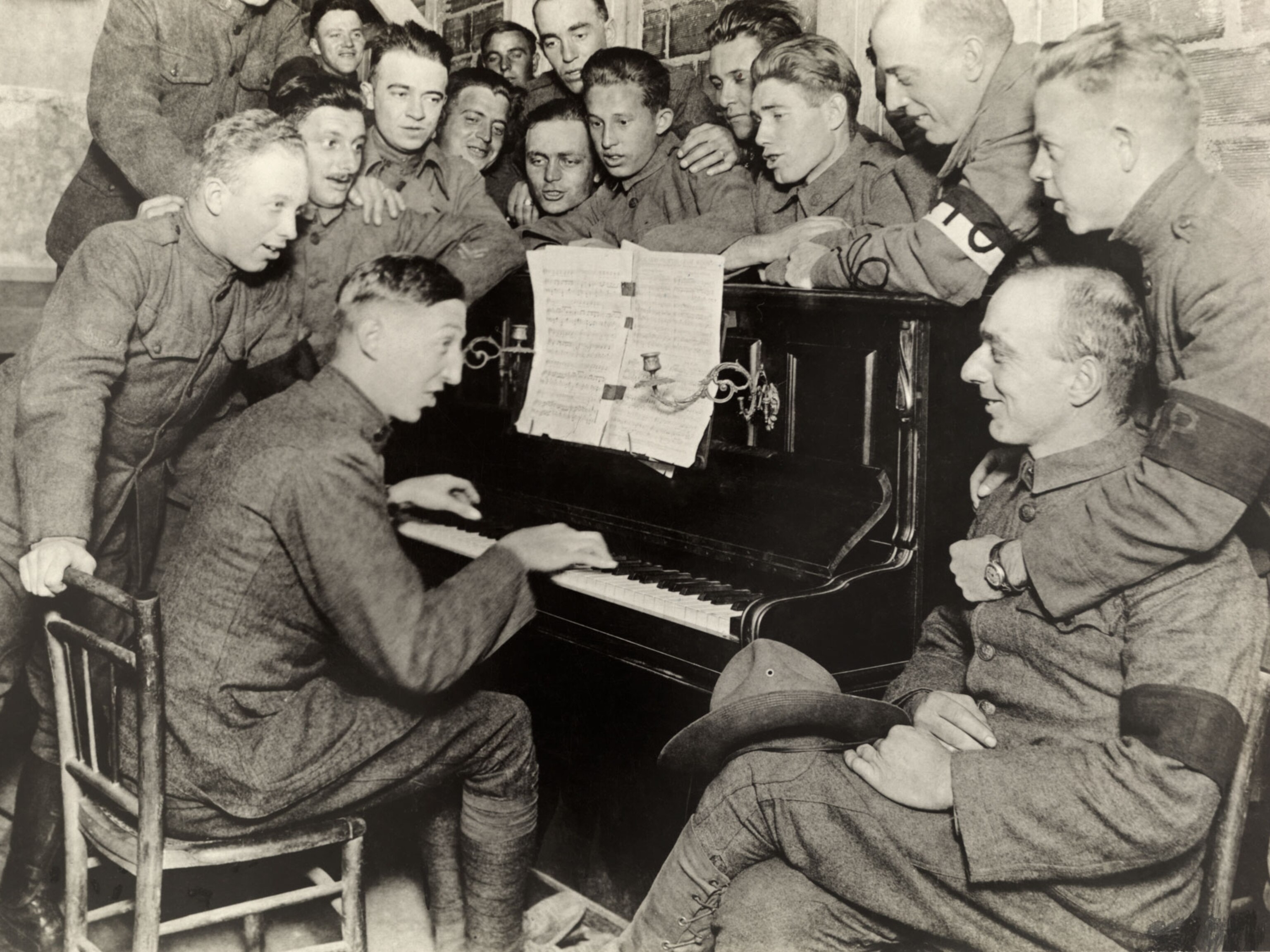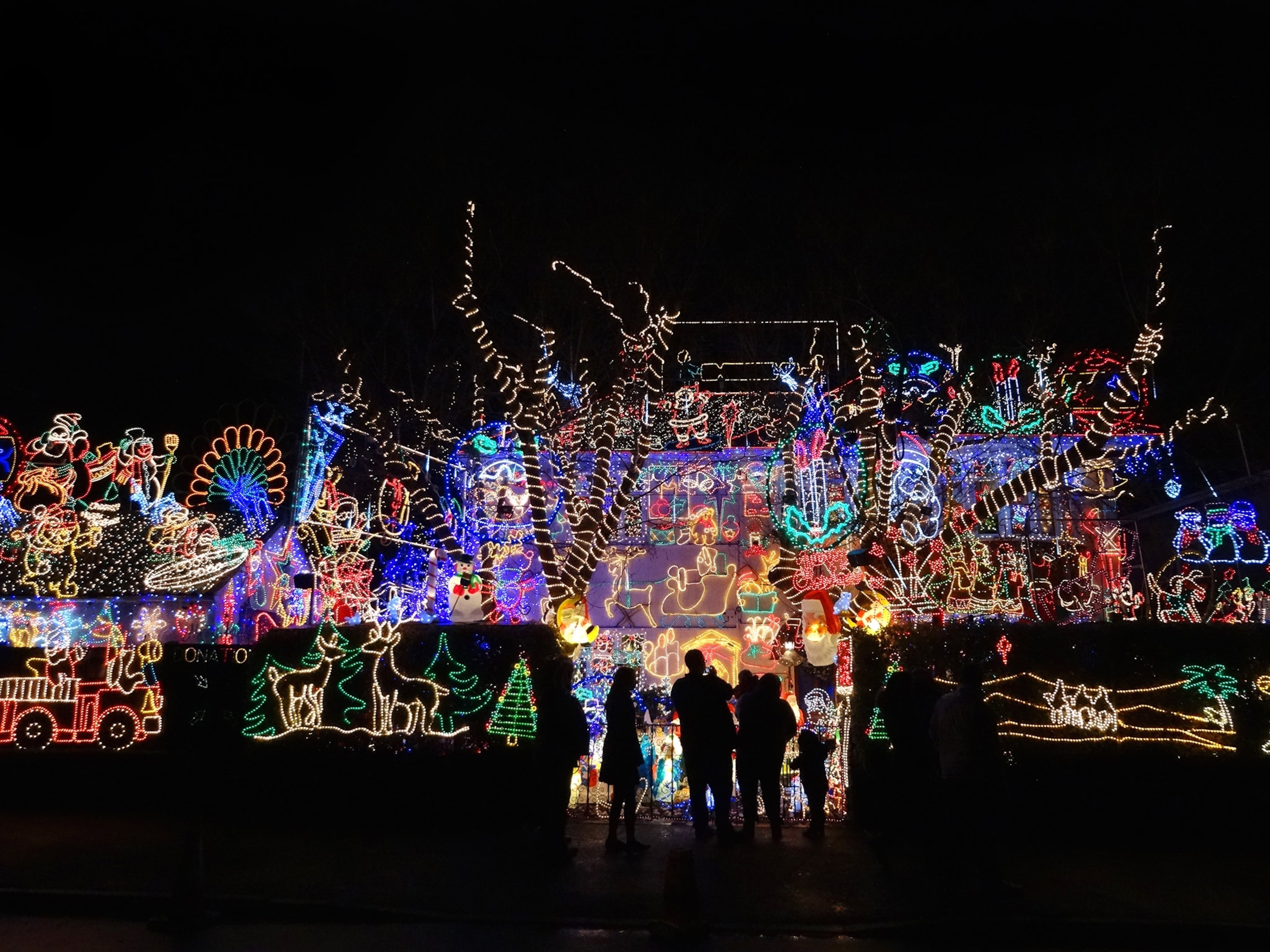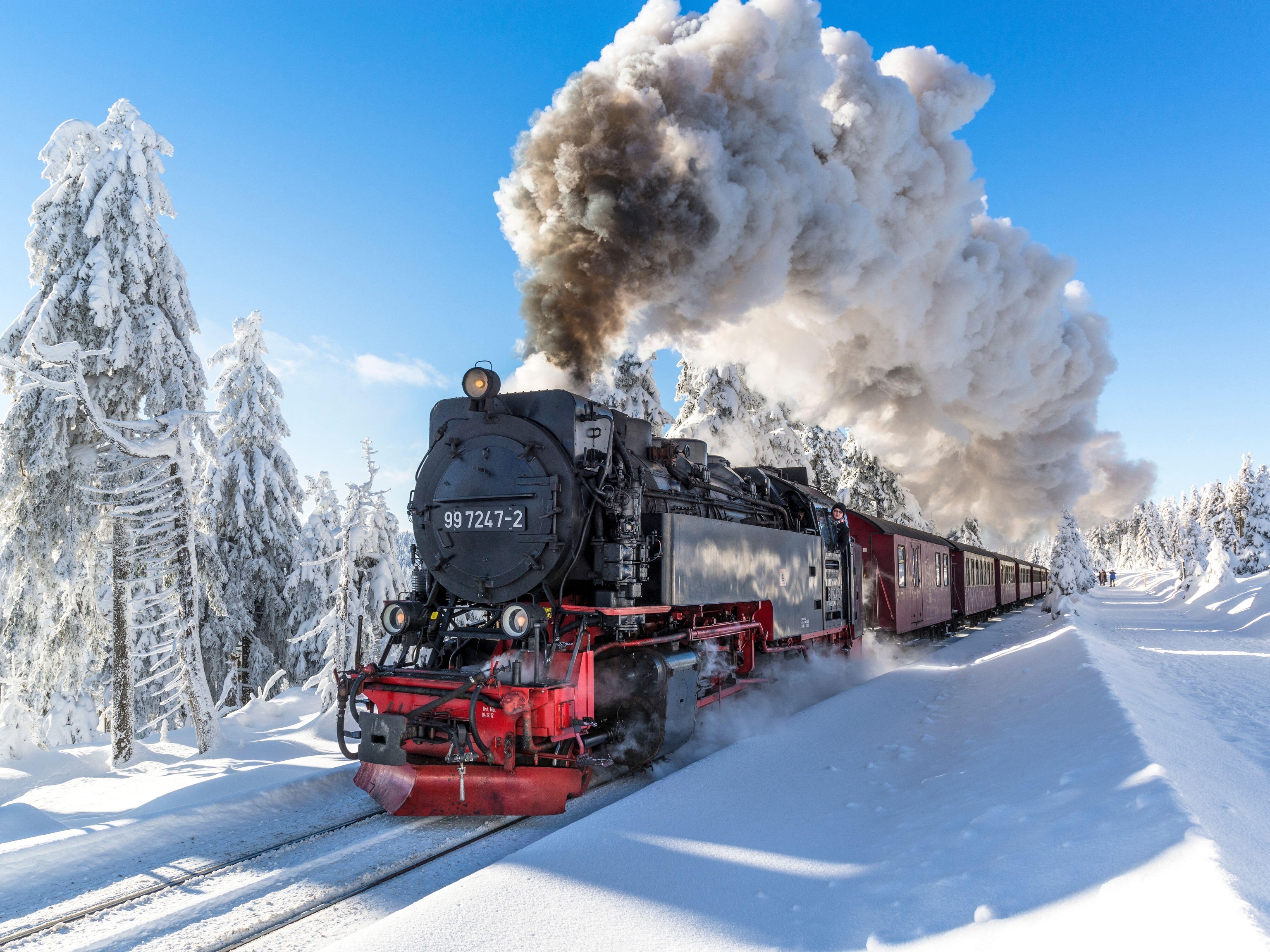Jesse Rieser describes himself as a “student of subtleties.” So it’s pretty ironic that the Phoenix-based photographer has spent nearly a decade mining the exultant spasm of American Christmas decorations, and the messages they telegraph about their surrounding communities.
Rieser has toured 18 states looking for intriguing and visually arresting holiday ornaments and displays, both routinely electric and humanly eclectic. They’re a part of his project entitled, “Christmas in America: Happy Birthday, Jesus,” which Rieser hopes to turn into a photo book.
“I kind of look for images and moments that have a subtlety to them, but also a curiosity that’s not super apparent, something that always makes you ask more questions about what you’re seeing,” he says.
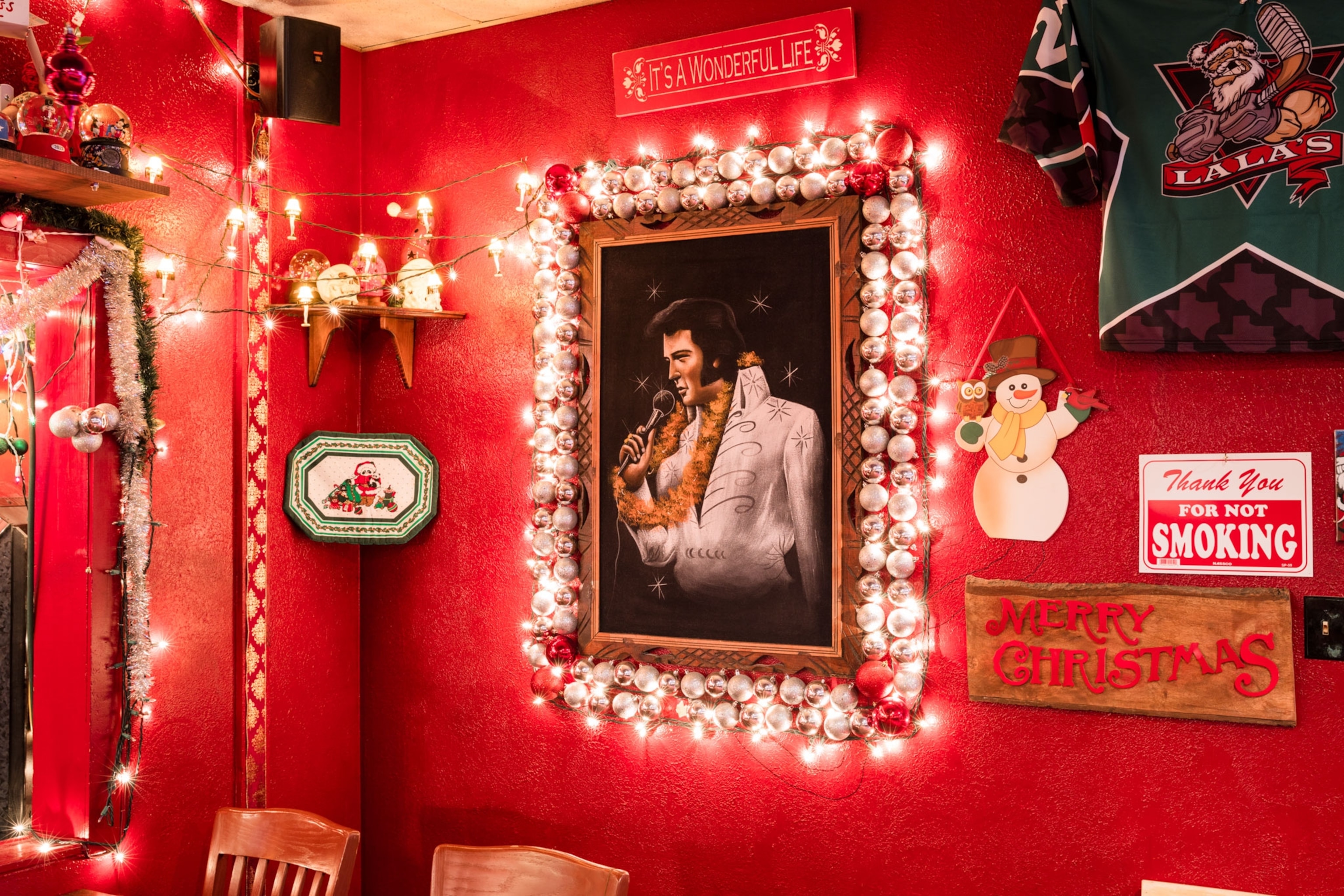

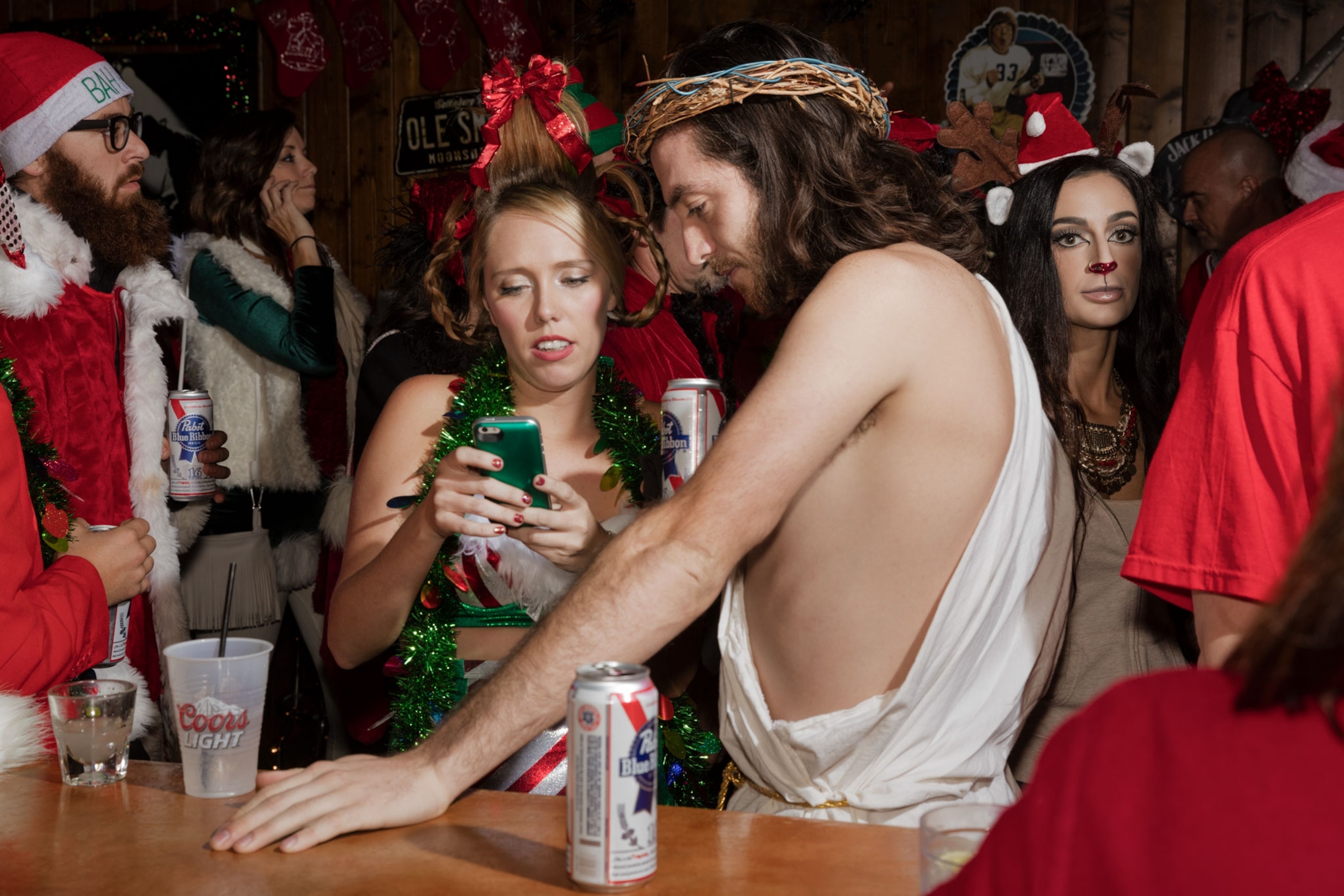
Reiser’s search for the most compelling Christmas images stem from a single moment, after his parents left his childhood home in Springfield, Missouri and settled in Los Angeles in 2009. During his first Christmas outside of the Midwest, Rieser was driving past a tree lot when he saw a 4-story inflatable Santa Claus blowing in the wind. He couldn’t decide if it was waving goodbye or hello. The image gifted him with a “new set of optics” about the holiday season.
“Growing up in the Midwest, we have this Charles Dickens-y kind of view of what Christmas looks like,” Rieser explains. “Being out West made me want to expand on what the holiday means for a broader range of people, and how they choose to express those sentiments to others.”
Rieser’s lens captures an extraordinary range of decorative and human expression, from the Tempe, Arizona home festooned with dozens of inflatable Santas to the electrified Moses parting the Red Sea on an Austin front lawn. His project is the latest entry in the annals of winter revelry archives, marking a modern tradition of branches, baubles and bangles that dates back to 16th century Germany.
However, the roots of the Christmas ritual actually extend back as far as the ancient Egyptian era, when worshippers of the Sun God Ra filled their homes with green palm rushes during the winter solstice, to symbolize the triumph of life over death.
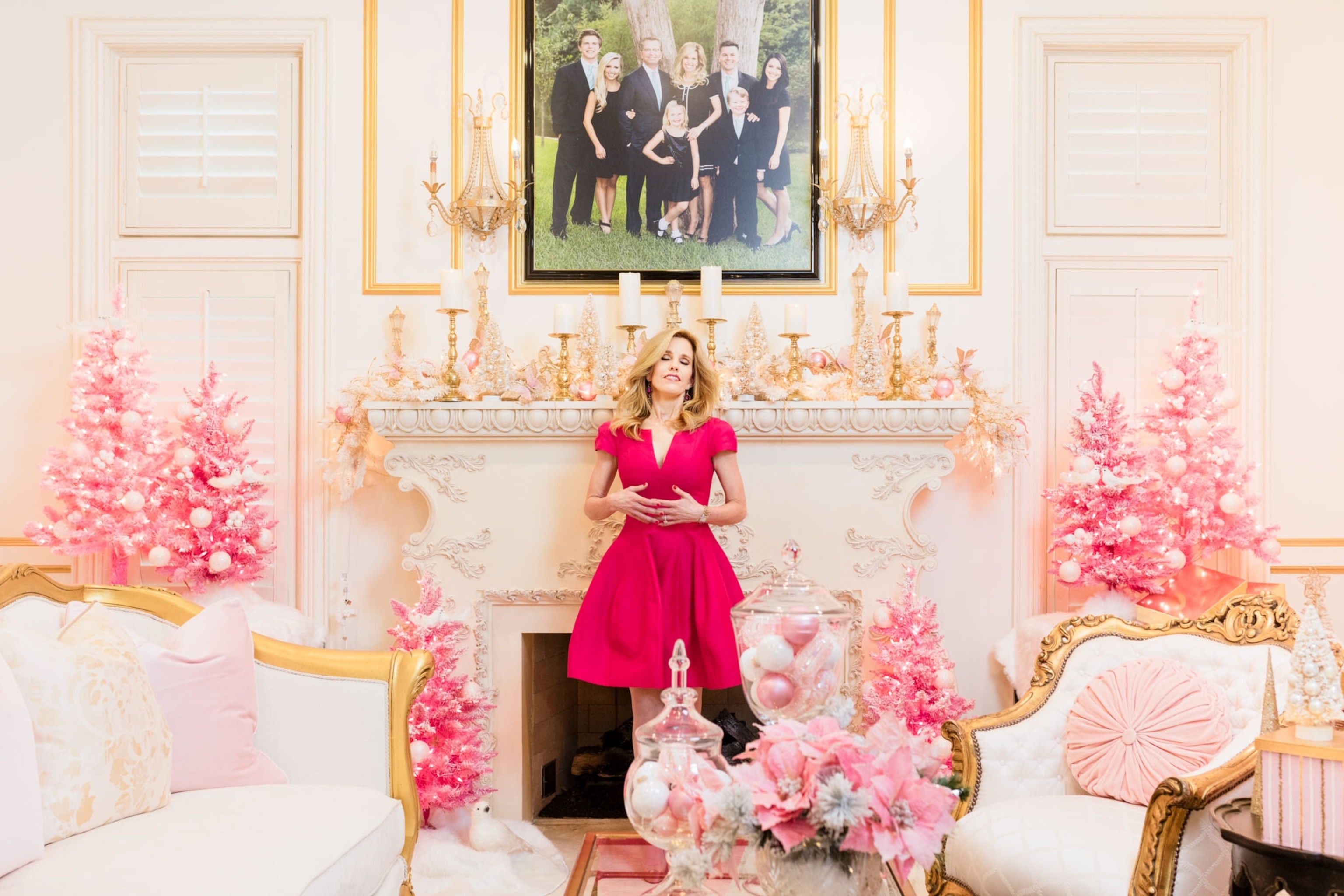
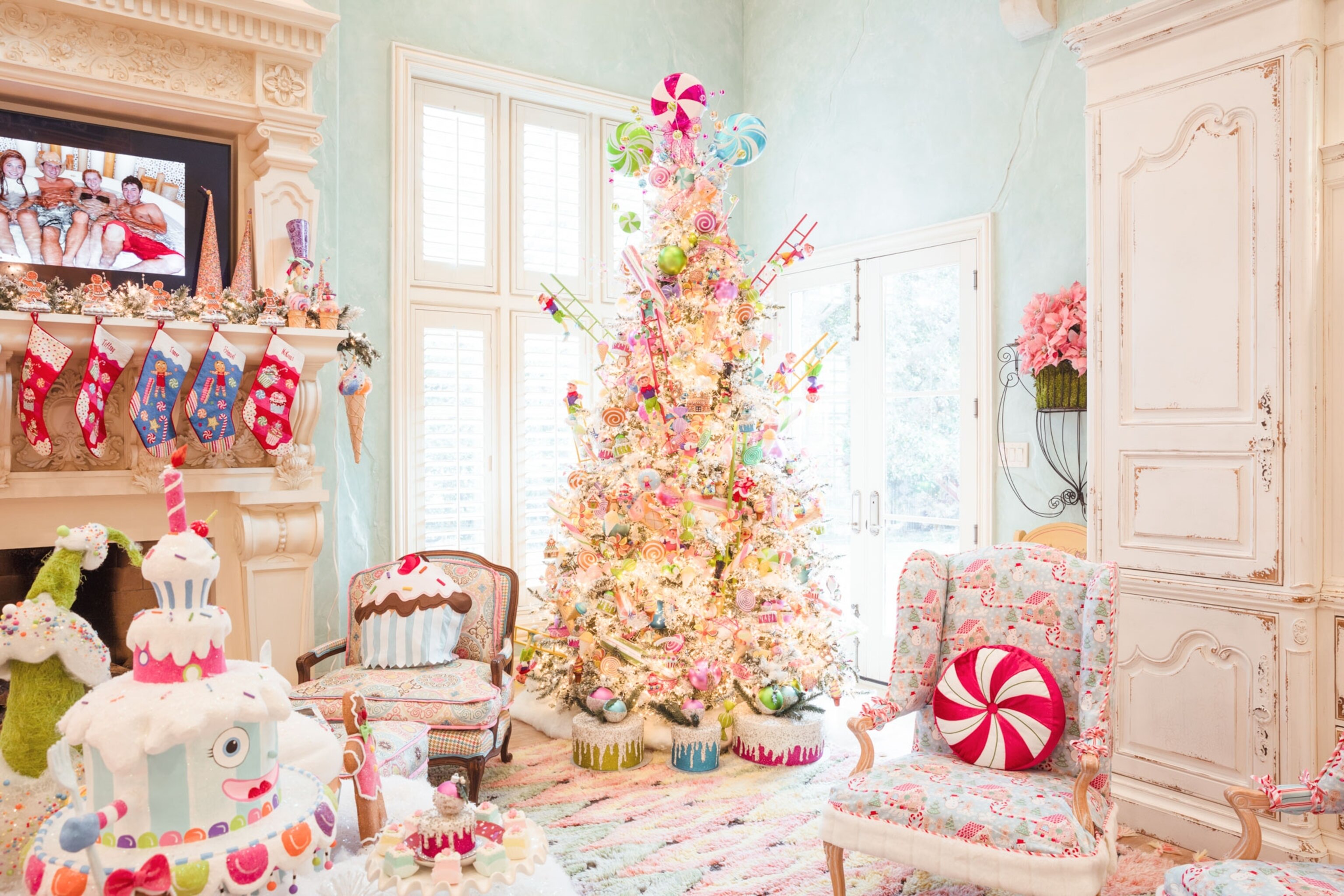
Similarly, the early Roman celebration of Saturnalia, designed to appease agricultural gods who determined the fate of their crops, included the use of evergreen boughs to decorate homes. The Druids, Celts and Vikings also used them during their winter solstice ceremonies to signify hope during the seasonal dead zone.
So how did the practice morph from humble branches to majestic trees? Some credit 16th Century Germany for that shift. That’s when small evergreen trees were decorated with candies, apples and berries and used in church plays. Suddenly, the pagan ritual got a Christian makeover, and the uses of larger and grander trees during the winter season spread across Europe.
By comparison, Americans got in on the practice relatively late. It’s believed that the first Christmas trees appeared in German American communities in the early 1800s. But by and large, 19th century Americans still viewed the holidays as pagan until Britain’s Queen Victoria and her family were sketched standing near a brightly festooned Christmas arrangement in 1846. Soon after, members of the American elite competed to earn credit for the most lavish displays of holiday splendor.
From there, it was game on for American Christmas. Nowadays, it’s hard to imagine getting through a December without encountering at least one form of iconic Christmas image, regardless of your geographic location.
